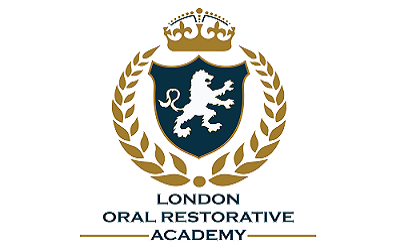
John D Petkanas
Associates In Oro-Facial Pain, LLC, USA
Title: Facial trauma and temporo-mandibular disorders
Biography
Biography: John D Petkanas
Abstract
Victims of motor vehicle accidents frequently develop cranio mandibular/cranio-cervical dysfunction secondary to their trauma. This should hardly be surprising, as we have reviewed the relevant anatomy and biomechanics involved. Seldom, however, do clinicians such as ER staffers, EMS and first-responders adequately evaluate the temporo-mandibular apparatus for any signs of dysfunction in the immediate post-trauma setting of CAD, unless dislocation is present or fracture suspected. This is not unexpected, as their rightful primary concern is that the patient, our patient, is not going to expire. They are more emergently concerned with cardiovascular stability, integrity of the central nervous system and airway patency. These functions, after all, are primary, central, and essential for life. Neck pains, jaw clicks and low-back strains are secondary, or even tertiary concerns in a trauma setting. This is particularly unfortunate for us because functionally the temporo-mandibular joint, cervical spine and interdental articulations are intimately related, and frequently, problems with these structures may not manifest until sometime has lapsed, status post-MVA. Any alteration in one component must affect the others. Insufficient or delayed diagnosis can allow a long-standing TMD to develop and fulminate into advanced, degenerative temporo-mandibular arthrosis, with devastating results. In light of the above, effective clinical management of all patients suffering cervical hyperextension/hyperflexion injury should include evaluation and treatment of TMJ and masticatory systems function. Clearly then, prompt, aggressive assessment and management of CAD and related craniofacial and temporo-mandibular injuries is vital in order to minimize the effects of said trauma, and to restore the patient to normalcy. To do otherwise is at best negligent and at worst incompetent, as the ramifications can be severe.

